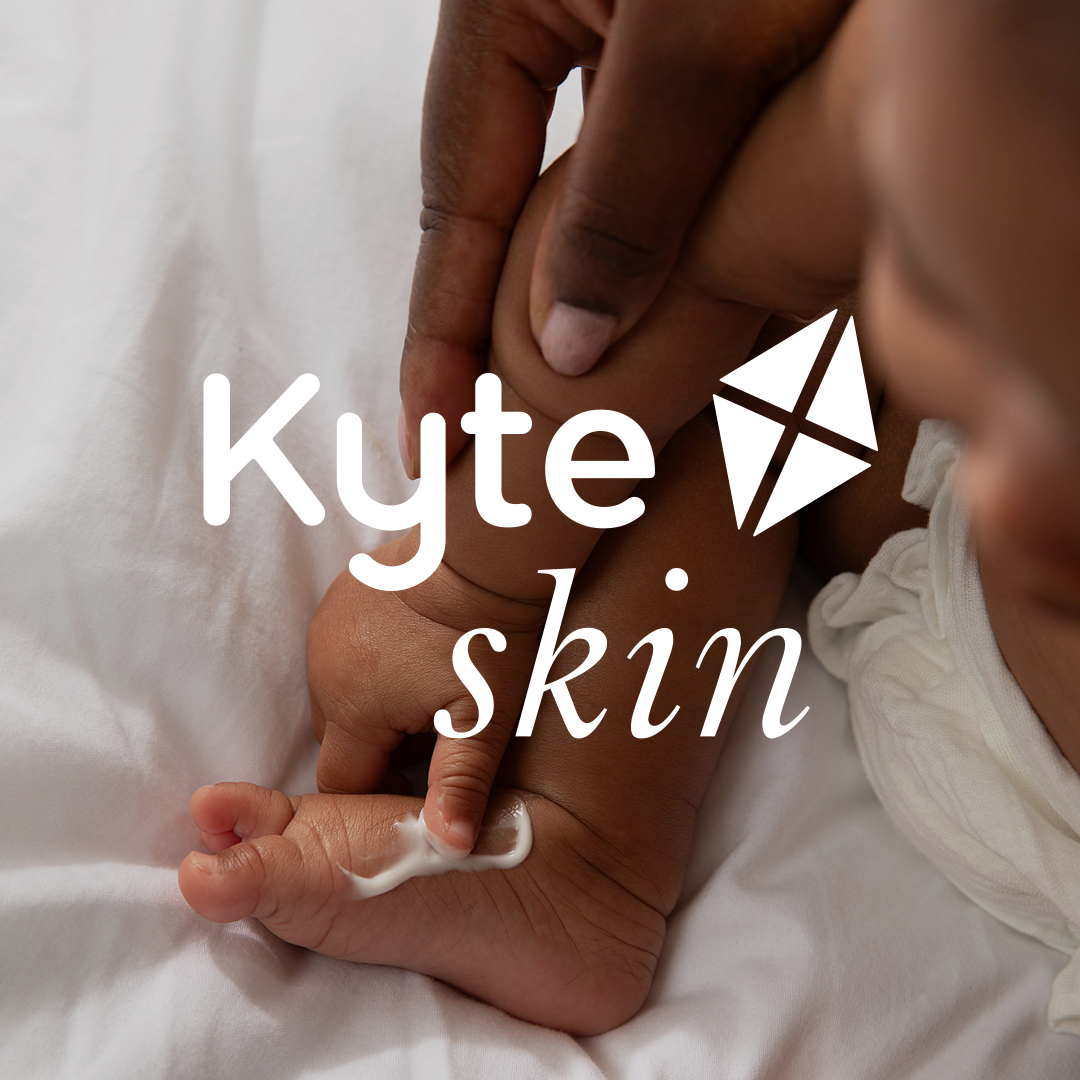We all know that pregnancy lasts three trimesters, but if you’ve been hearing people talk about how difficult the fourth trimester is, you might be wondering what exactly that means. Dr. Harvey Karp, pediatrician, author, and child development specialist, coined the term “the fourth trimester” to refer to the first three months of a baby’s life after birth.
What Is the 4th Trimester?
Dr. Karp believes that babies are born too soon, and that parents should see their baby’s first three months as the adjustment period of being outside the womb. This 12-week period is notoriously difficult for many reasons. Not only are parents adjusting to the major physical and emotional changes that come with childbirth and a newborn, that newborn is also adjusting to life outside the dark, cozy environment that was their home for their entire existence before birth.
As a result of being suddenly thrust into noisy, bright, and open surroundings, newborns spend much of their first 12 weeks, well, crying. Combined with sleep deprivation, the guesswork that goes into trying to figure out your baby’s incessant crying can be physically and mentally draining. Luckily, there are steps you can take to help both you and your baby transition more easily.
5 Steps to Survive the 4th Trimester
1. Swaddle to Reduce Startle Reflex
Babies are born with several reflexes, including the Moro reflex, which usually last for the first few months. The Moro reflex, also known as the startle reflex, is a hard-wired response that causes your baby’s arms and legs to flail when they experience a falling sensation. It’s the reason that your baby will be fast asleep in your arms, then wake with jerky movements the second you lay them down in their crib or bassinet.
By swaddling, you not only decrease their startle reflex, you also recreate the cozy, snug environment of the womb that makes them feel secure and safe. Use a swaddle blanket to wrap your baby snugly, leaving room around their lower body for their legs to assume a “froggy” position (you can read more about hip-healthy swaddling on our blog).
Just make sure to stop swaddling at either 8 weeks or as soon as they show signs of rolling. Our Sleep Bag Swaddler is a great tool to transition your little one into a sleep bag as soon as it’s time to drop the swaddle.
2. Baby Wearing to Mimic Movement in the Womb
If you’ve ever wondered why your newborn only seems to calm down when you’re rocking them or walking around while holding them, it’s because babies love movement! In the womb, your little one was constantly being jiggled around with your own movements, so it’s no wonder they find the sudden stillness of a bassinet to be jarring.
As they get used to sleeping on their own, wearing them in a sling, wrap, or carrier as you get household chores or errands done can greatly help them get adjusted to the new world. Being close to you and feeling the natural swaying of your movement is calming for your newborn, and, as a result, calming for you too.
3. Soothing White Noise
When your baby is in utero, you might think they’re used to peace and quiet with all the outside noise being muffled through the layers of skin and tissue of the womb. However, not only can your baby hear what’s happening on the outside, the inside of the body is loud. In the womb, the sound of blood flow is louder than a vacuum cleaner, and your baby listened to that 24/7!
To help keep your little one calm and sleep more soundly, playing white noise is extremely beneficial. Not only does it recreate the sounds of the womb, it also blocks other noises that would otherwise startle them awake.
4. Bond with Baby Through Skin-to-Skin Contact
After the umbilical cord is cut at birth, it’s standard practice for babies to immediately be placed on their mother’s chest. This is called skin-to-skin contact and it causes a release in oxytocin in the mom, helps the uterus contract to reduce bleeding, and also warms up the mother’s body. This contact also helps regulate the baby’s temperature and breathing, results in less crying and lower rates of hypoglycemia.
The rush of oxytocin enables the mother and baby to bond, and also triggers the newborn’s instinct to find and latch onto the breast. Once you take your baby home from the hospital, doing plenty of skin-to-skin can help both you and your little one bond, reduce the risk of postpartum depression, and reduce stress for both you and baby. Wear loose, accessible clothing that makes doing skin-to-skin easy, like this ultra comfortable lounge robe that’s a postpartum must-have.
5. Nurture Yourself Through Recovery
When you’re sleep-deprived, physically and emotionally spent from childbirth, and providing round-the-clock care for a newborn, your own needs tend to fall to the wayside. However, taking care of yourself is essential to your recovery and to preventing postpartum depression.
Before your baby arrives, try to plan out your postpartum meals with nutritious, freezer-friendly options like small batches of lentil soup, casseroles, or chili. Nuts, fruits, cut-up vegetables, and hard-boiled eggs make great snacks to have on hand, especially since you’ll probably find it hard to cook in those first few months. Staying hydrated is also critically important, especially if you’re nursing, so always keep a reusable water bottle by your side.
When you’re feeling out of sorts, a hot shower can go a long way in helping you feel like yourself again. By using a sea sponge to gently exfoliate and drying off with a plush bathrobe, you can give yourself a spa experience at home that will make you feel pampered when you really need it.
Nearly 80% of moms experience the baby blues during the postpartum period, and symptoms include crying, irritability, insomnia, mood swings, and restlessness. Practicing self-care can make this adjustment period feel a little easier, and as your body recovers and you adjust to life with a newborn, it’s important to remember to give yourself grace and always be kind to yourself.























